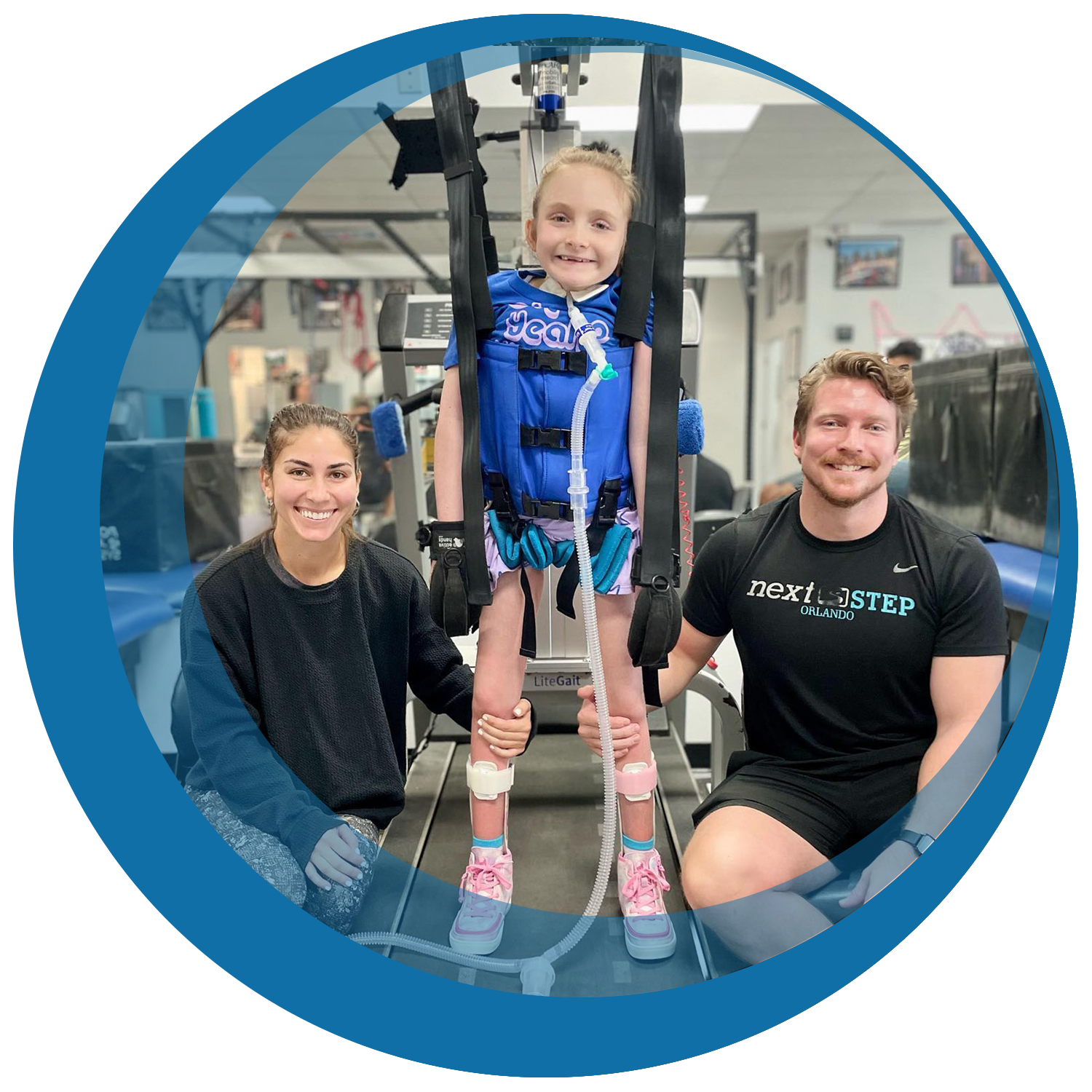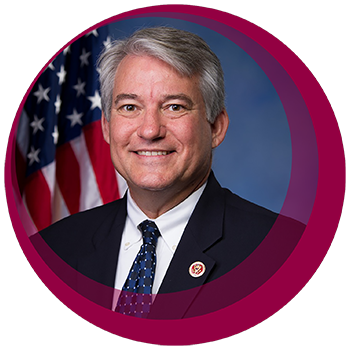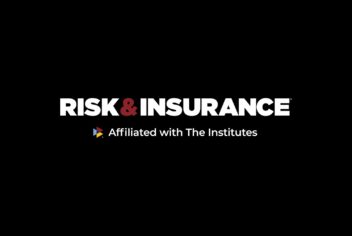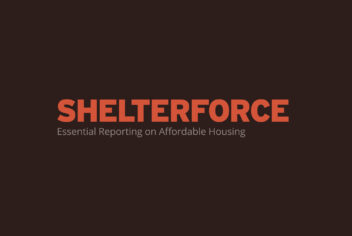A crisis with an easy solution.
Nonprofit organizations are being hurt by an eroding and disastrous property insurance market, as well as commercial insurance companies fleeing from nonprofit liability insurance.
Specialty insurers called RRGs provide the liability insurance that nonprofits need. But, under present law, RRGs are not allowed to insure property.
The Nonprofit Property Protection Act (NPPA) is a proposal in Congress that would solve this problem — at no cost to government or taxpayers.

Nonprofit above:
Nextstep Orlando, Inc.
Altamonte Springs, FL
Summary
Background
Nonprofits are currently experiencing a crisis finding both property and liability insurance. The crisis is well-documented in the press. Here are two excellent examples regarding property:
- Insurance Business: ‘Over-regulation’ compounding property insurance crisis in California – broker leader
- Insurance Journal: Strategies and Key Steps to Get Through Today’s Hard Market
- Insurance Business: Property insurance crisis prompts Senate hearing
As a result of this crisis, nonprofit funding is being diverted from essential direct services to pay for insurance premiums, and, in some cases, nonprofits are being forced to stop offering services because they can’t find the insurance they need. Here are some notable examples from Risk & Insurance:
- Sun Ministries’ Struggle to Insure Across State Lines Illuminates a Wide-Ranging Issue for Nonprofit Organizations
- Providing Solace for Neglected Children: How This Insurer of Nonprofits Stepped Up to Keep These Kids Safe and Covered
- How NIA Helped One Nonprofit Circumvent the Gray Areas Most Insurers Avoid
To keep their operations running, nonprofit organizations need access to affordable, consistently-available insurance — including liability and property insurance.
To accomplish this, insurance brokers that serve nonprofit clients often recommend specialty insurance companies called risk retention groups (RRGs).
Similar to credit unions, RRGs exist only to serve the members that comprise them. RRGs are regulated under strict guidelines and solvency standards developed by the National Association of Insurance Commissioners (NAIC) and applicable to all commercial insurance companies.
The Problem
While RRGs have successfully provided liability insurance to nonprofits for decades, they are restricted under current law from offering property insurance. As a result, nonprofits and brokers have found it extremely difficult (or impossible) to find appropriate property policies to combine with the liability policies they are able to secure from RRGs.
Read about the problem in more detail.
The Solution
The Nonprofit Property Protection Act (NPPA) would allow RRGs to provide property insurance to nonprofits.
Read about the solution in more detail.
This is a widespread problem.
And there’s a history of bipartisan support for a solution.

A Democrat is carrying that idea forward.
Sen. Sherrod Brown (D-OH) is currently circulating an updated draft.
This is impacting organizations that both parties care about.
More than 3,000 nonprofits have written in support of the NPPA.
Here are just a few of the organizations that want the NPPA to pass:
- Tami Heim
Christian Leadership Alliance - Terry L. Clark
PA Council of Children Youth & Family Services
- Doug Sauer
New York Council of Nonprofits, Inc. - Herbert M. Newell IV
Lifeline Children’s Services, Inc.
- Craig DeRoche
Family Policy Alliance - David Bradley
National Community Action Foundation
Let Risk & Insurance explain the issue:
Sun Ministries, a Missouri-based community service nonprofit, shares the difficulties it’s faced securing property insurance in the communities it serves, an wide-ranging issue affecting nonprofits across the country.
Established as one of the leaders in child welfare in Florida, the Children’s Home Society of Florida found partnership in having NIA as its insurance carrier.
How NIA Helped One Nonprofit Circumvent the Gray Areas Most Insurers Avoid
Risk & Insurance profiles Anne Grady Services, and how partnering with NIA has helped them avoid overpaying for coverage, maintain the level of community services provided, and ensure stable employment and benefits for their employees.
Purpose
The Nonprofit Property Protection Act (NPPA) will allow Risk Retention Groups (RRGs)1 to appropriately insure the property of their 501(c)(3) nonprofit members (in addition to the liability insurance they already provide) by offering coverage not presently available in the commercial market.
This is a modest provision needed to help a specific segment of the market that has a history of facing instability in the provision of their property/casualty needs.
The Problem
Over the past several years, commercial insurance carriers have significantly restricted the liability and property coverages they are willing to offer to community-based nonprofits. This means nonprofits have to cut back or eliminate important services that their communities rely upon.
In response to the market failure created by commercial insurance, thousands of nonprofits purchase specialized liability insurance, including tailored risk management services, from RRGs the nonprofits own and govern. These nonprofits are unable to purchase property coverage on a Business Owners Policy form (½ BOP) and monoline auto physical damage (APD) they need from commercial insurance carriers2.
Nonprofits need for these coverages emerged after nonprofits began to create their own RRGs and realized that these essential monoline coverages were not provided by commercial insurers. It was assumed that a competitive market would react and create products to meet these needs. It did not. Only a single carrier ever filed to offer the ½ BOP and monoline APD, and it plans to stop offering that coverage, not because it has a poor claims record, but because it is changing its strategic direction. This would leave tens of thousands of nonprofits that rely on an RRG without the monoline APD and property coverage they need.
The insurance crisis of the past few years was dramatically blunted because of the insurance capacity provided by RRGs. If these RRGs are not able to assist these organizations, this lack of insurance would force many nonprofits providing service to children and others to stop providing them. This would result in an unnecessary crisis when states are already struggling to provide adequate services.
The Solution
The NPPA would solve this market failure at no cost to government, allowing RRGs to offer a form of property coverage that the market is not offering.
It would allow nonprofits who get insurance from their own RRGs to get the property coverage that actually fits their needs (1/2 BOP and monoline APD) and would assure that desperately needed insurance capacity and risk management for nonprofits remains in the market.
The result will be the right coverage, at a the right price, from RRGs that have the tailored policies, risk management services, and underwriting expertise to serve this specialized market.
A Natural Extension of Existing Law
The Liability Risk Retention Act was created to address just this type of problem where a narrow class of business with a specific coverage need is not sufficiently attractive to the commercial market. The LRRA provides a hybrid approach to enable a broad geographic spread of risk by allowing regulation in one state but requiring registration in all others, all the while holding RRGs to the same high standards for solvency that the NAIC promulgates for all commercial liability and property carriers.
While the NPPA expands the LRRA by allowing certain RRGs to offer property in very narrow ways to a very limited class, it enhances state regulators’ capacity to protect solvency with respect to any RRG offering property in their state under the NPPA. It does this by providing nondomicile regulators the power to issue a cease and desist against an RRG offering coverage authorized by this Act in their state, under certain conditions, as well as by allowing the nondomicile state the option to require the RRG to participate in a state guaranty fund.
It also restricts RRGs from beginning to offer property insurance in a state where there are at least three licensed admitted carriers offering the coverage specified in the NPPA.
Further, the NPPA protects solvency by requiring an RRG to have 10 years of continuous operation and a minimum of $20 million of capital and surplus before offering property insurance. It limits the size of the risk covered for any single member to $50 million because larger nonprofits typically have options for monoline coverage under the Commercial Property Policy from commercial insurers.
What You Can Do
Since all politics is local, Members of Congress need to hear from you. Please tell your member of Congress to support this bill!
If you have contacts with any of the Members of Congress on either the House Financial Services Committee or the Senate Banking Committee our CEO Pamela Davis would love to hear from you. She can be reached at (831) 621-6018 or by email at pdavis@insurancefornonprofits.org. Let’s keep nonprofits strong by working together!
The result will be the right coverage, at a the right price, from RRGs that have the tailored policies, risk management services, and underwriting expertise to serve this specialized market.
Letters to Key People… Signed by Thousands of Nonprofits
October, 2022: Letter to Commissioner Mike Kreidler, Washington State Office of the Insurance Commissioner
May 20, 2020: Letter to Chairman, Mike Crapo and Ranking Member, Sherrod Brown, U.S. Senate Committee on Banking, Housing, and Urban Affairs
Notes
1 RRGs are member-owned, industry-specific insurance companies of similarly situated entities, with similar risk exposures, authorized by the Liability Risk Retention Act of 1986 (LRRA).
2 The premium for BOP policies is already low and it is not economically feasible for carriers to support an even smaller version by carving the BOP into pieces. The same principle applies to auto. It is easier for carriers to package the liability and APD and simply decline to offer coverage unless purchased as a package. However, few insurers want to take on nonprofit liability risks with volunteer drivers and frequent transport of children and other vulnerable passengers via vans and busses nor do they offer the nonowned/hired auto that includes volunteers.
Recent NPPA Posts
In Praise of Governor Hochul and How New York’s Congressional Delegation Can Help Small Nonprofits
Peter Andrew, President/CEO of Council Services Plus, praises the actions of New York Governor Hochul, and explains why the Nonprofit Property Protection Act is necessary to help small nonprofits.
Solutions: Reining In Rising Property Insurance Rates
There are many proposed ways to mitigate the property insurance cost crisis. They all require federal or state government to act.
Paucity of insurance for U.S. nonprofits concerning as regulatory, legal limitations persist
U.S. nonprofits are struggling to obtain affordable risk coverage due to limited options available in the market. Mainstream carriers aren’t wanting to underwrite the risk, and legal limitations are hindering other nonprofit insurance groups from entering the market.






